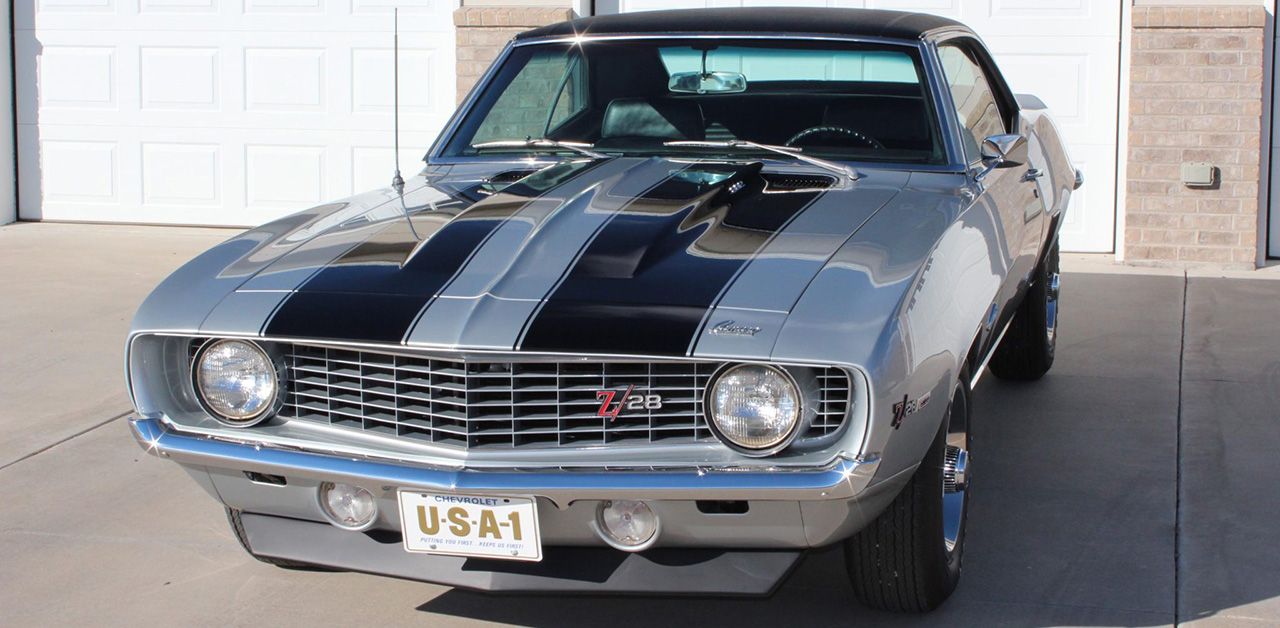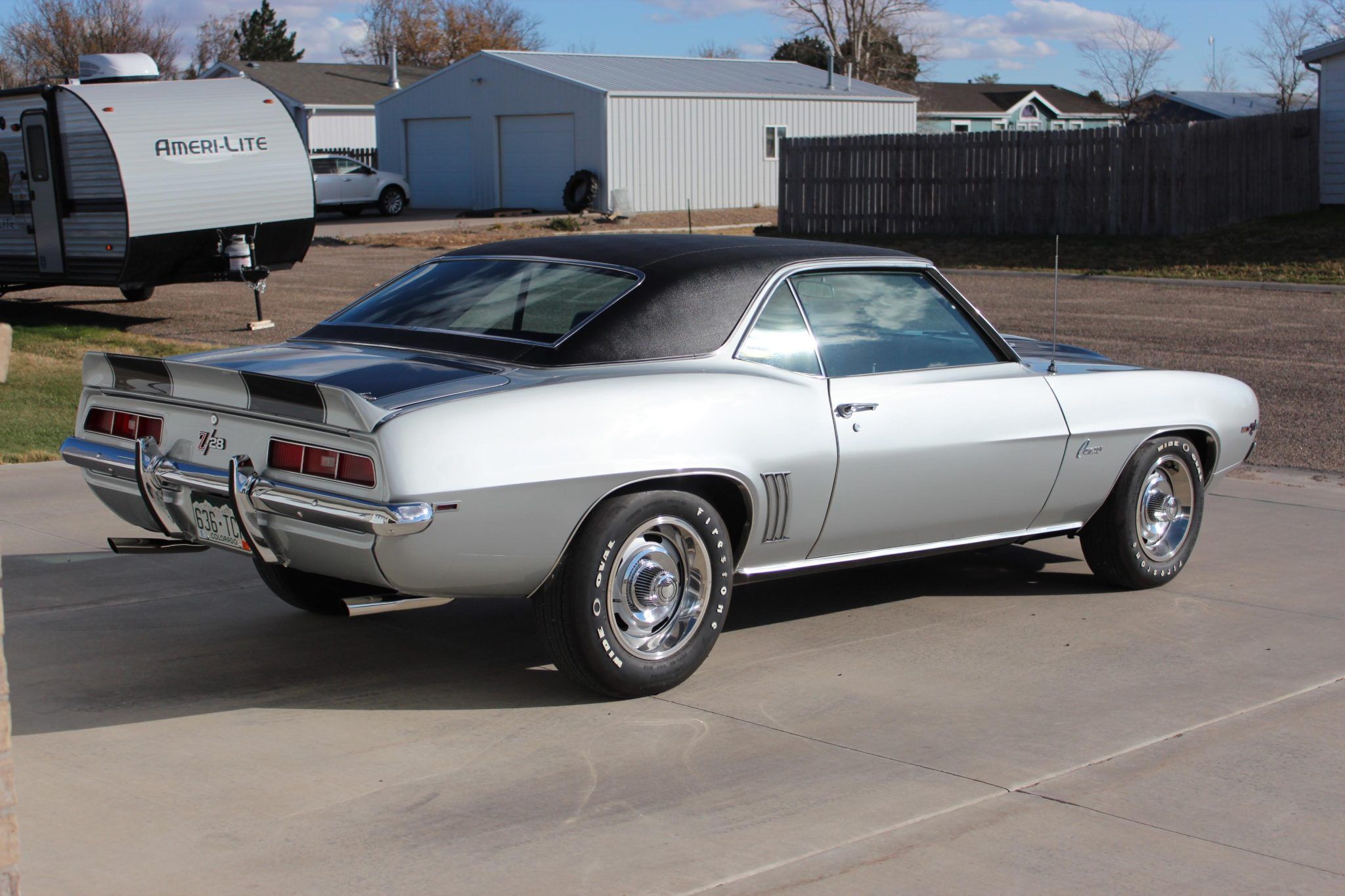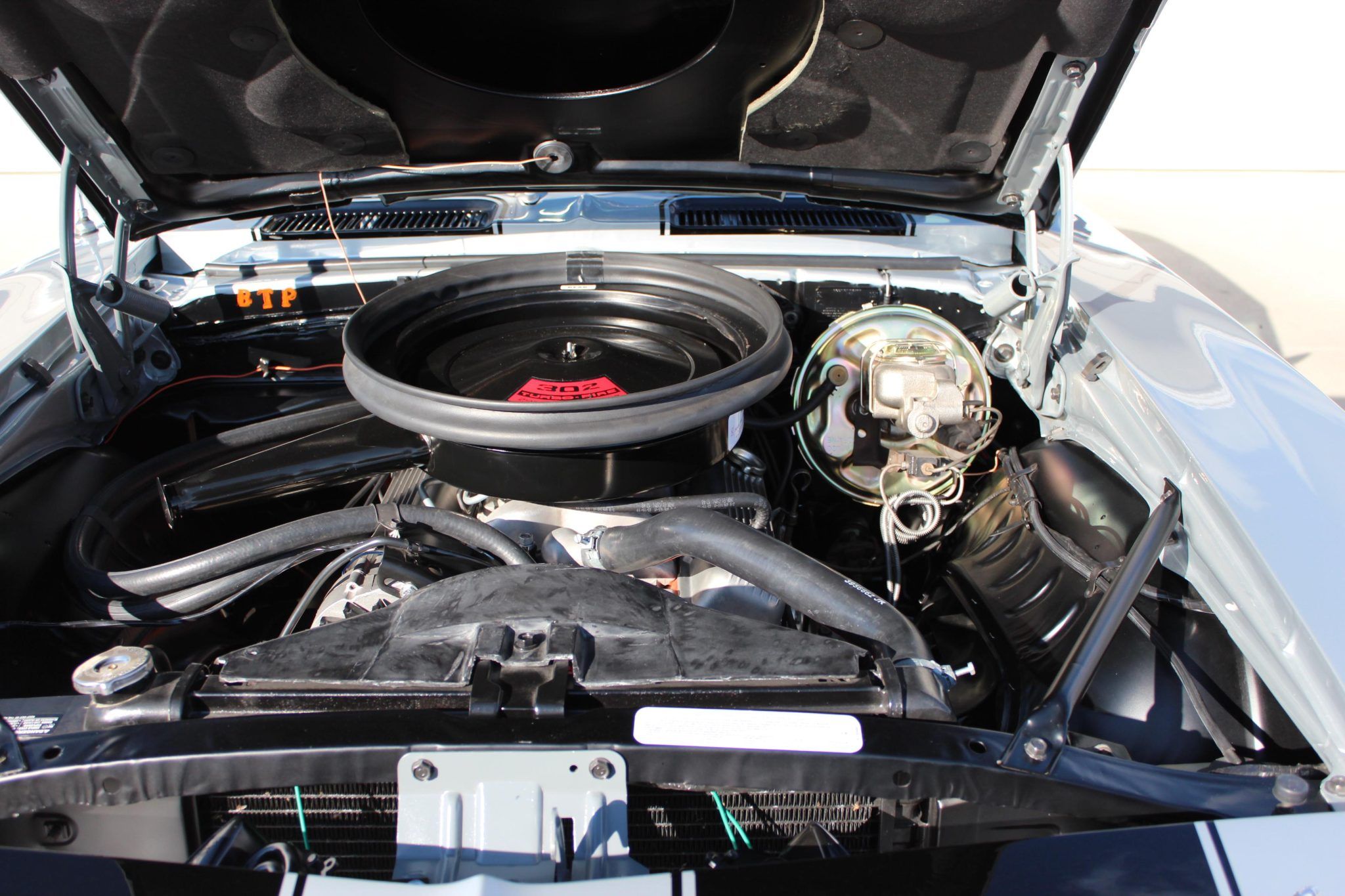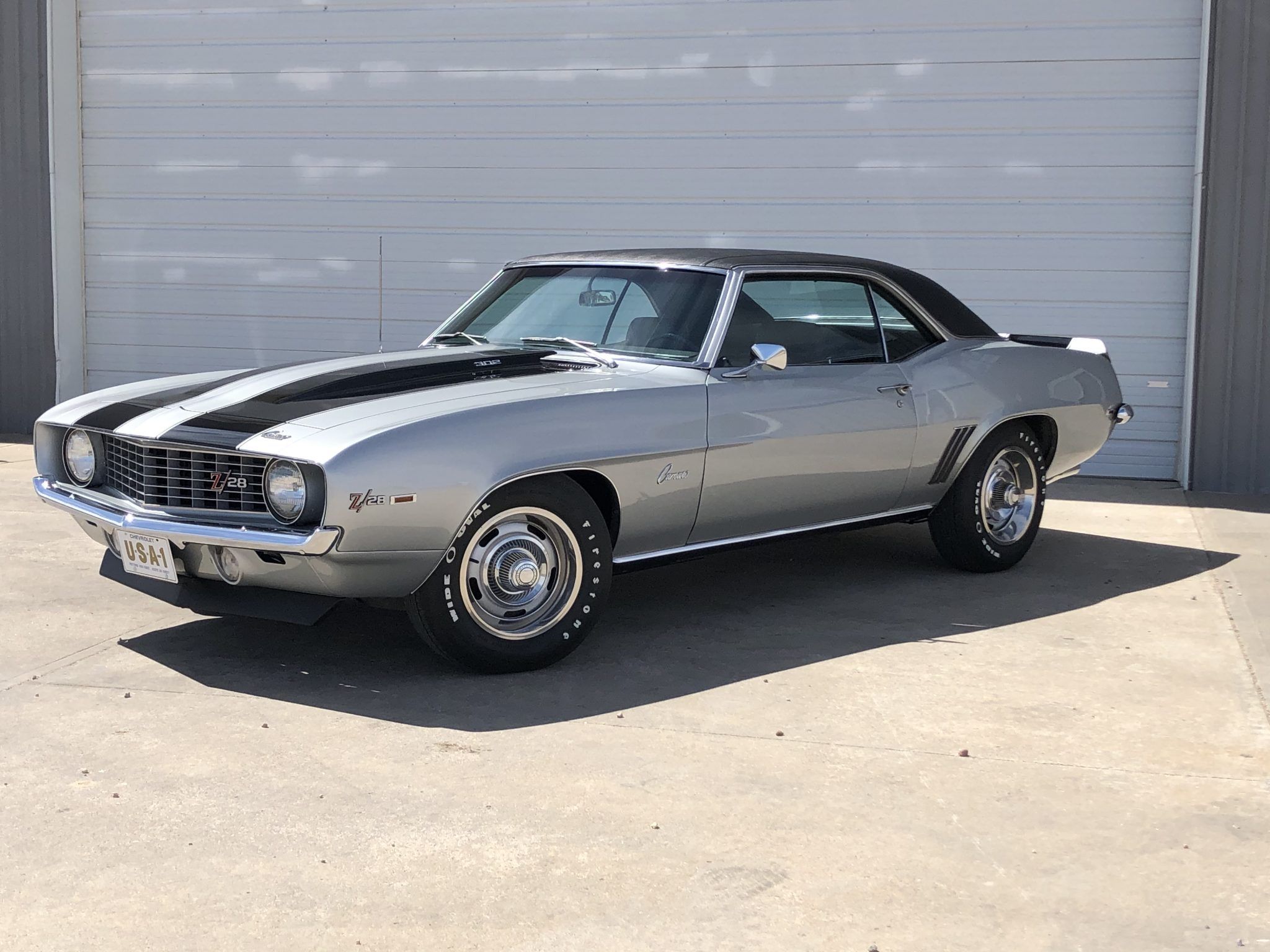Everyone has a sweet spot for a muscle car. If you asked anyone to pick out some of their most favorite car brands, chances are, a majority of them are going to mention the good old Chevrolet. Muscle cars have been the bread and butter of the industry since the very beginning. The popularity of muscle cars is on the steady rise, so has their territory. To this day, the American muscle car culture has made its way across the world. When it comes to muscle cars, the Chevrolet badge name stands out. It’s attached to some of the best classics, such as the Chevrolet Camaro.
The Chevrolet Camaro isn’t your standard muscle classic. It rolled out of the production line in 1966. Recall, this was around the time that Ford’s Mustang was widespread. Chevrolet made the Camaro as a response to the Mustang. Despite its distinctive appearance and fantastic driving performance, the Ford Mustang outsold it. Sure, the Camaro shared its platform with the then-upcoming 1968 Chevy II. And of course, it came with a "semi-unitized" design, but the market didn’t exactly bite as expected. It wasn’t until 2 years later, that Chevy revived the Camaro for the 1969 model year.
Unlike its two predecessors, the 1969 Chevy Camaro had it all. A bold design inside and out, several powertrain offerings, and an unrivaled performance. For a car made to compete with the Mustang, the Camaro ended up in its own league. The 1969 Camaro went on to inspire the 2010 model. To this day, the 1969 Chevrolet Camaro is a popular classic choice, and today, we’ll find out why.
1969 was the best year of the Camaro, and sadly, the last for the ever-so-famous classic muscle car. But its legend continues to outlive it. Today, you’d find a classic 1969 Chevy Camaro priced between $85,000 and $221,000. Even years after its demise, the classic Camaro still holds its value, thanks to one outstanding feature.
The Best Feature Of The 1969 Chevy Camaro Is The Exterior Appearance
The Chevrolet Camaro came with a unique style that made it one of the best Camaros ever made. For this model year, GM’s sub-brand revamped the Camaro’s design with new sheet metal, and made revisions to the body. The result was clear and unlike any Camaro produced. While the 1969 Camaro wasn’t the fastest in the muscle car segment, it certainly looked the part.
Thanks to Chevy’s competitive spirit, the 1969 Camaro’s appearance stands out, and should be very easy to distinguish from the rest of the pack. Overall, the 1969 Camaro’s body is much wider, and lower, which calls for a lower ground clearance. Compared to the predecessors, the front end on the base 1969 Camaro has a more defined V shape. Its grille gets hints of silver and black. Its wheel openings are squarer, and the taillights are wider, which contributed to a bolder appearance.
Chevrolet built and retailed up to 243,085 Camaros in 1969, outselling the 1967 and the 1968 model years. As you would expect, there are more 1969 Camaros out there than either of the previous years in today’s market.
The Classic Chevy Camaro Featured Desirable Packages
It’s worth noting that the 1969 Camaro came with several appearance and performance packages, which only made the Camaro more unique.
The Rally Sport package included special headlights that lifted when the driver turned the lights on. It also featured RS” badges, along with distinct stripes and wheels. About 37,773 versions of the Rally sport sold for the last year of the Camaro.
The Indianapolis 500 Pace Car also made its way back to the scene in 1969. Its exterior came in a dove white shade and featured hugger orange stripes, along with the interior. This version could be had with either of two engines. The 350 cubic-inch small-bloc offered 255-hp and 365 lb.-ft of torque. The 396 cubic-inch big-block engine made 350 hp and 415 lb.-ft of torque. Chevy sold about 3675 versions of the Indianapolis 500 Pace Car.
The Z28 package (the one you see in the images) was the ultimate road racing option. Only people who were real enthusiasts who knew the story of the Camaro saw the Z28 to be a fantastic option. It was the only version that launched as a homologation special for the SCCA Trans-Am series. About 20,000 versions sold in 1969 – a 7,200 increase from the previous year’s model. It featured a 302 cubic inch small block rated at 290-hp that paired with a four-speed manual. It accelerated from zero to a quarter-mile time in under 15 seconds and had a top speed of 150 mph.
The Yenko SYC Camaro and base ZL-1 came equipped with 427 cubic-inch big block engine that made 425-hp on the Yenko and up to 430-hp on the ZL-1. The Yenko package included a rear spoiler and special Yenko stripes across the body. Compared to the ZL1, the Yenko SYC Camaro had a stiffer suspension system and a heavy-duty radiator. The ZL1 was the higher-end version, offering the best of all worlds. Unlike the other packages, the brand sold 69 ZL-1 versions.
The Camaro also offered a Super Sport package, which came with a 396 cubic inch big block. This engine churned out about 375-hp at 5,600 rpm and 415 lb.-ft of torque at 3,600 rpm. This version also featured the tasteful exterior design with the “SS” badge placed on the fenders on both front and rear decks. The hood had distinctive air intakes and a color-harmonized bumblebee strip at the front.




